Cyprus Hot Gravel Week Tour
Sunny Mediterranean ambience in the middle of winter? When we’re still freezing, it’s already spring in Cyprus. Escape the cold, damp weather in northern and central Europe to enjoy enduro riding in the Greek part of Cyprus. Wonderful dirt roads leading to the deep blue sea and deserted mountain countryside. Taking a break in between in sleepy village tavernas, sampling the delightful Greek cuisine, combined with the enjoyment of a rest day sunbathing, riding jet-skis or diving.
![]() Start location
Start location
Limassol, Cyprus
![]() Motorcycle type
Motorcycle type
Enduro
![]() Tour type
Tour type
Guided Enduro tour
![]() Skill level
Skill level
1 - 4
![]() Tour duration
Tour duration
8 days
![]() Total distance
Total distance
700 km
![]() Offroad share
Offroad share
90 %
Tour Operator
Offroad Adventure Tours GmbH
Â
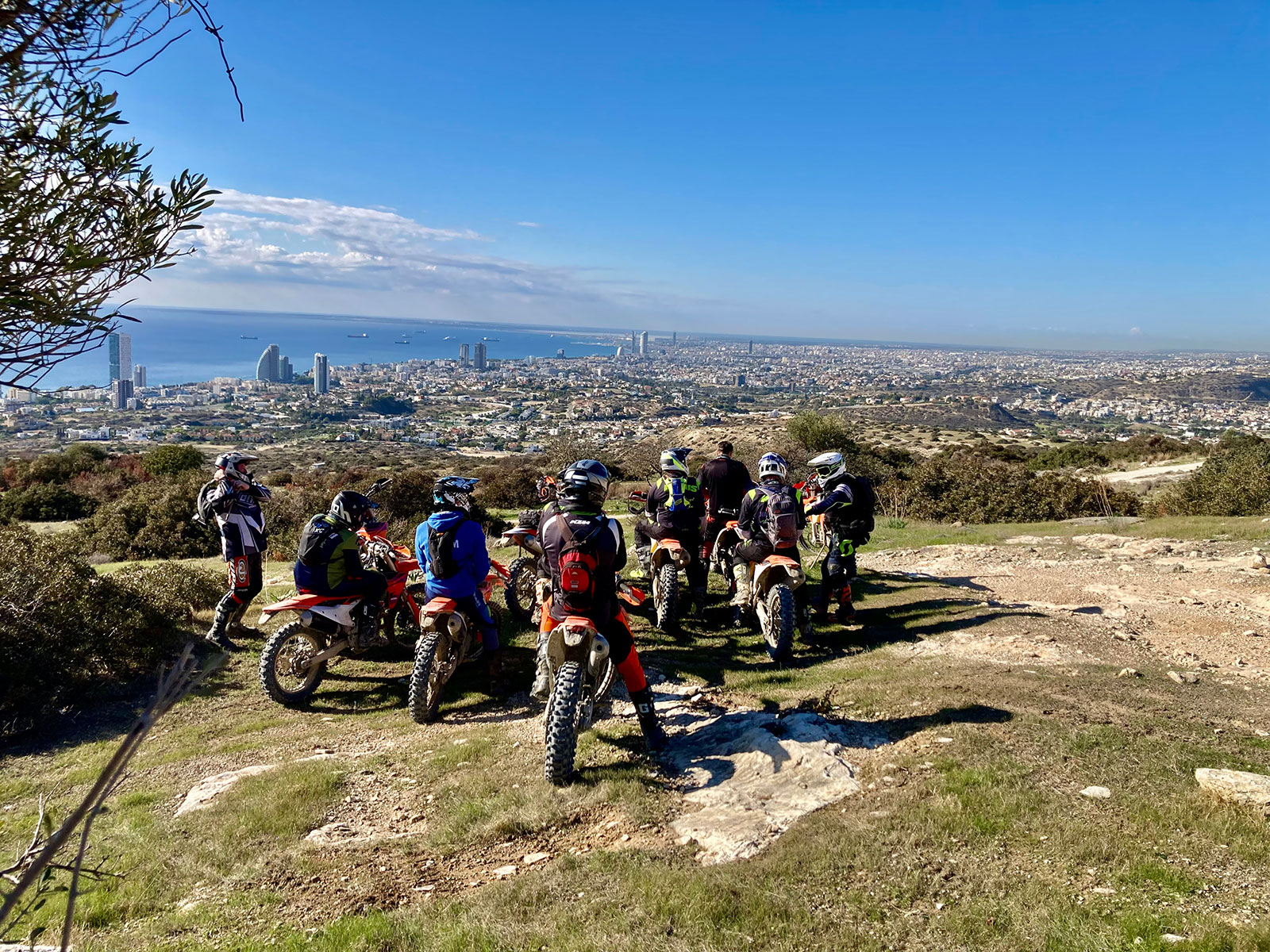

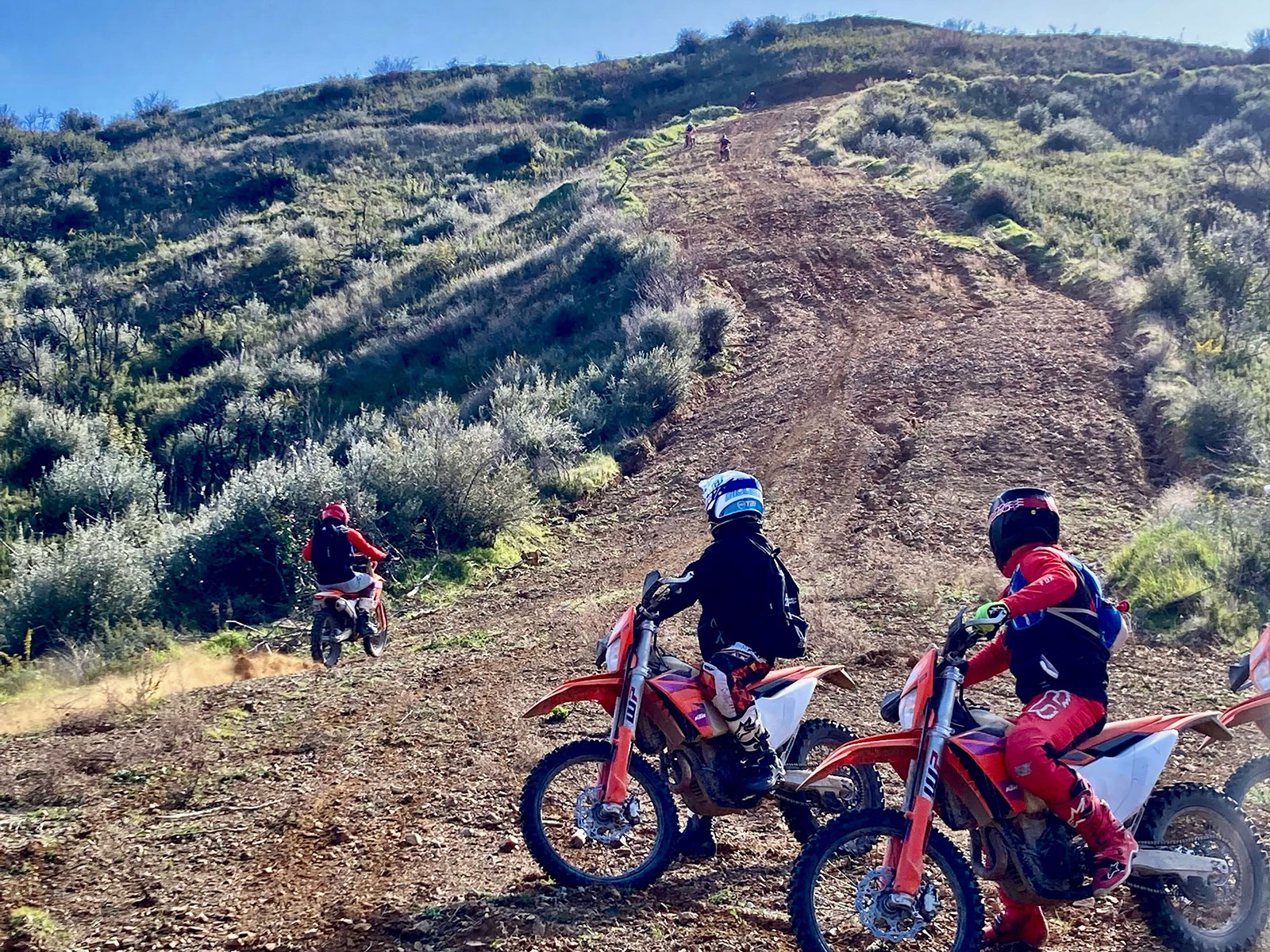
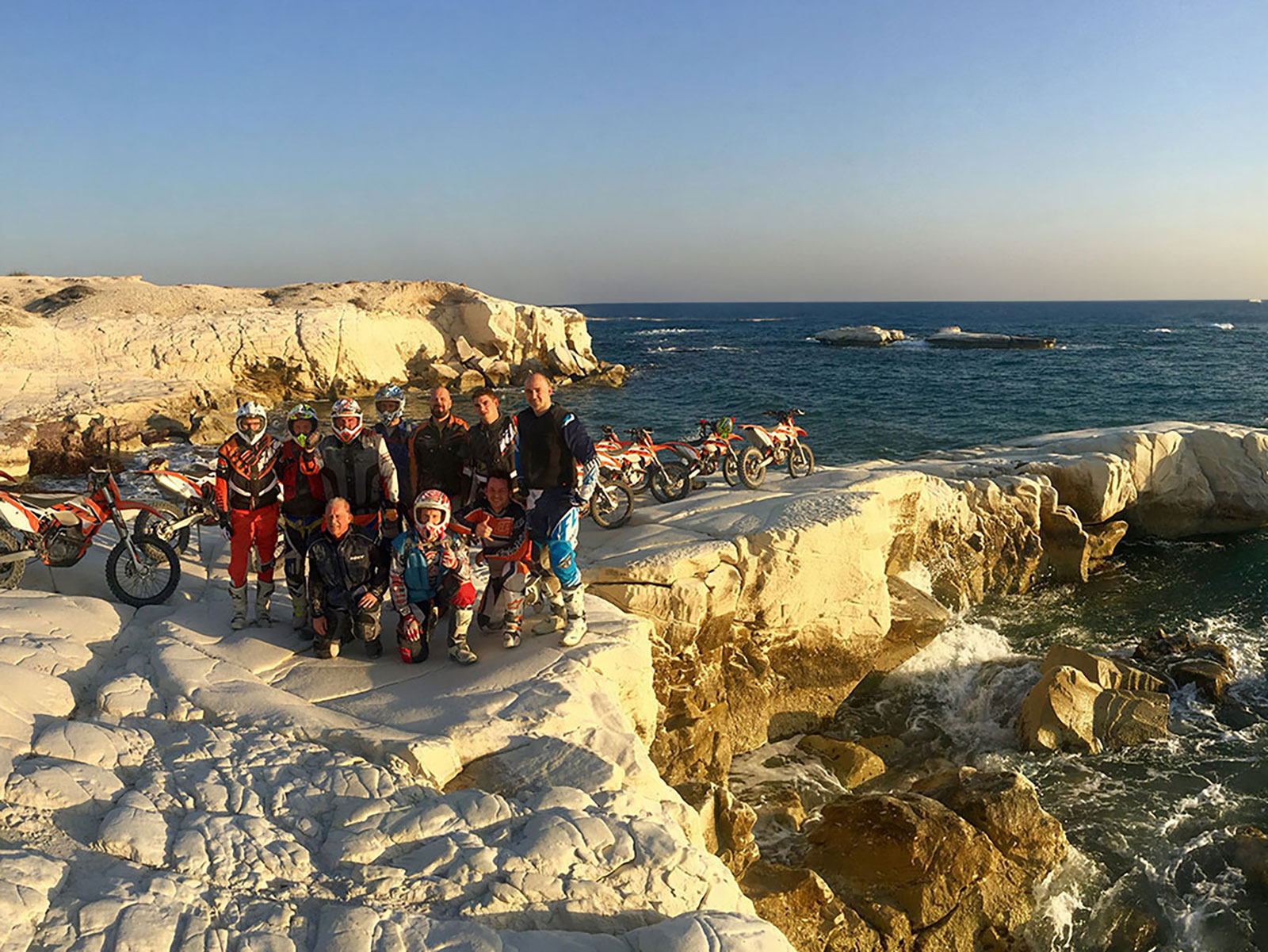
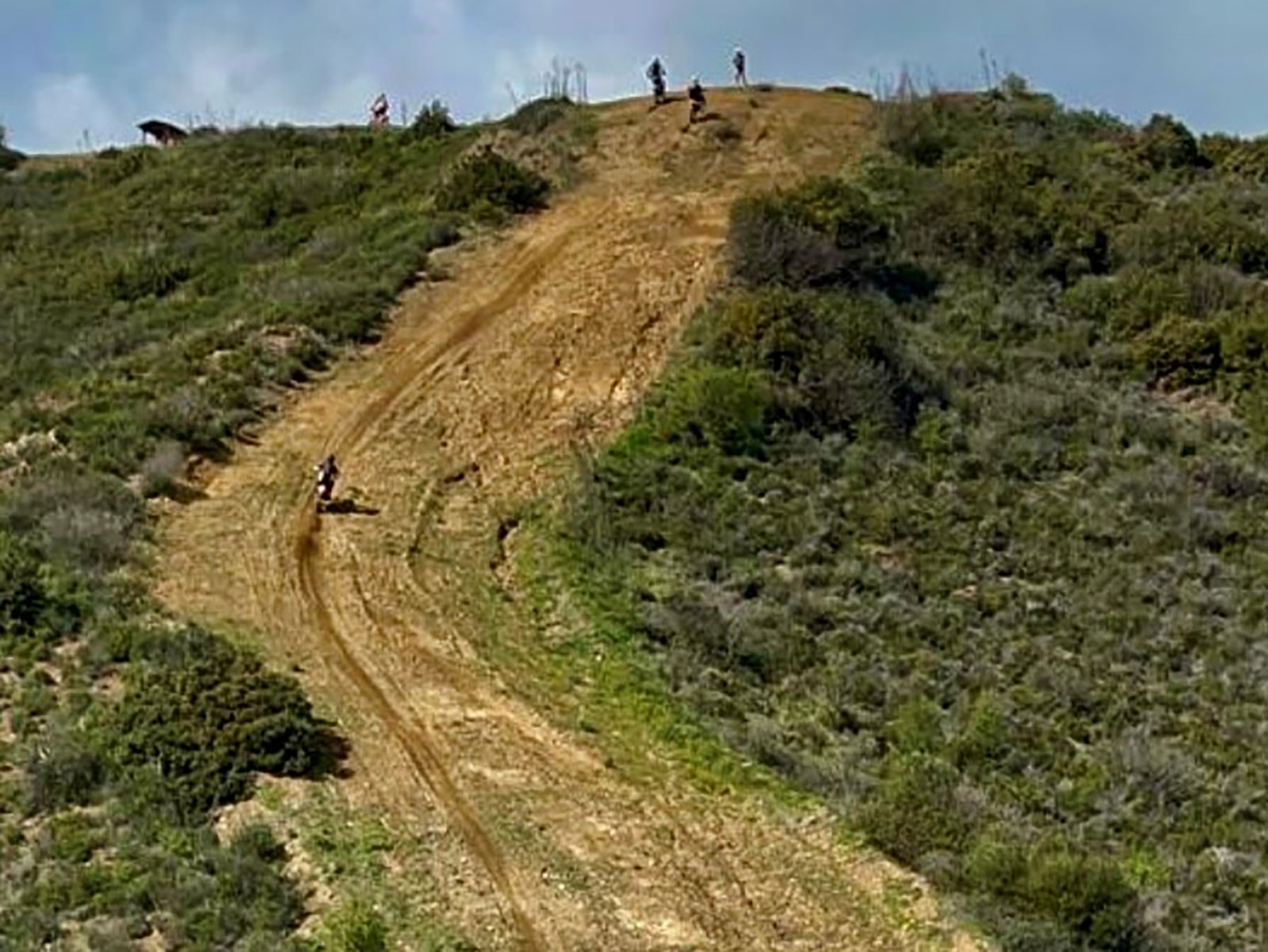
Â
Experience Program
Day 1
Â
Arrival at LARNACA airport, transfer to hotel
Settle into hotel room, meet the team
Day 2 - 7
Â
Guided all-day tours
Lunch en-route and communal dinner
Evenings and one rest day are free
Final evening celebration on day 7
Optional: one day to relax
Day 8
Â
Departure after breakfast
Transfer to LARNACA airport
Â
Experience Information
Included rental bike
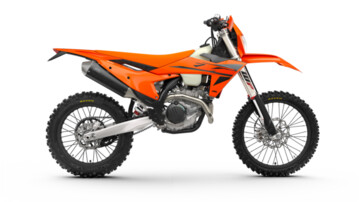
KTM Enduro model
4-stroke
Â
- 5 guided tours in groups, under professional supervision
- KTM EXC hire bike including fuel
- 7 overnight stays in a double room in a 4* hotel with half board
- Transfers from LARNACA airport to the hotel and back
- Mechanic/spare part service
- Final evening celebration, certificate
Â
- Flight
Â
- Single Bedroom Upgrade
- Tavel Companion
Â
- Offroad clothing including rainwear
- Hydration pack
- License plate
- Passport
- Travel insurance with repatriation cover
- KTM EXC 4-stroke models are provided
Â
Contact:
For more additional tour information please contact
Offroad Adventure Tours Team (Annemarie)
Tel: +41 76 834 8360
Hotel:
MEDITERRANEAN BEACH HOTEL
Address:Â 71 Amathus Avenue, 4533 Agios Tychonas
Â
| Tour | Cyprus Hot Gravel Week Tour |
| Number | 309 |
| Date | 28.02.2026 – 07.03.2026 |
| Location | Cyprus 71 Amathus Avenue 4533 Agios Tychonas |
| Price | EUR 1.790,00 |
FAQ
General riding levels
Level 1:
Gravel lanes and open trails alternating with single trails without steep ascents or descents, and with the occasional detour on longer stretches of tarmac to avoid off-road sections that are too extreme. Suitable for novices.
Â
Level 2:
Gravel lanes with washouts and potholes, eroded open trails, occasional deep ruts, firebreaks, dry river courses, simple river crossings, single trails without steep ascents or descents. Suitable for novices.
Â
Level 3:
Rutted gravel lanes, eroded open trails with water holes, single trails with tight turns as well as extreme ascents and descents, demanding river and stream crossings. With longer, easier passages in between. Riding experience in the area recommended.
Â
Level 4:
Slopes, scree, deep sand, ruts, slippery ground: There is difficult terrain like this, as well as steep ascents and descents to master. Also on the itinerary: Mud holes, steep slopes, slope traversing and fast riding. Regular riding experience in the area required.
Â
Level 5:
Extremely challenging sections of terrain are ridden in all weather conditions, whether in wet weather or extreme heat. A generally high level of riding technique without any longer, simpler passages means high demands are placed on physical fitness. The group will only get through this with team spirit. Regular riding experience in the area required.
Riding levels for heavy offroad bikes
Level 1:
Dieses Level umfasst gut gepflegte Asphaltstraßen. Es ist geeignet für Anfänger und Wiedereinsteiger. Die Strecken sind zugänglich, aber abwechslungsreich, und erfordern ein gutes Maß an Grundfitness, um die längeren Distanzen bequem zu bewältigen.
Â
Level 2:
Dieses Level umfasst eine Mischung aus gut gepflegten Asphaltstraßen und möglicherweise offenen Kieswegen. Es ist geeignet für Anfänger und Wiedereinsteiger mit Vorerfahrung. Die Strecken sind zugänglich, aber abwechslungsreich, und erfordern ein gutes Maß an Grundfitness, um die längeren Distanzen bequem zu bewältigen.
Â
Level 3:
Fahrer werden technisch anspruchsvolle Asphaltstraßen in Kombination mit bis zu 40 % Kieswegen und Landstraßen erleben. Diese Routen umfassen Anstiege und Abfahrten, lockeren Untergrund oder Steine an einigen Stellen und gelegentlich einfache Singletrails ohne anspruchsvolle Passagen. Es gibt einen regelmäßigen Wechsel zwischen Asphalt- und Kieswegen. Schwierige Offroad-Passagen werden umfahren, um die Zugänglichkeit zu gewährleisten. Fahrer benötigen Vorerfahrung und eine gute körperliche Verfassung, um das abwechslungsreiche Gelände zu bewältigen. Dieses Level ist nicht für Anfänger geeignet.
Â
Level 4:
Dieses Level umfasst anspruchsvolle, kurvige, schmale und manchmal einspurige Asphaltstraßen. Bis zu 60 % der Strecke bestehen aus Kieswegen mit Auswaschungen und Schlaglöchern, ausgefahrenen Landwegen und Singletrails mit engen Kurven und Haarnadelkurven. Fahrer begegnen außerdem tiefen Spurrillen, Brandschneisen, Sand, Schlamm, steilen Anstiegen und Abfahrten sowie trockenen Flussbetten und einfachen Flussdurchquerungen. Schwierige Passagen können umfahren werden, aber Offroad-Erfahrung und eine gute körperliche Verfassung sind notwendig, um dieses anspruchsvolle Gelände effektiv zu bewältigen.
Â
Level 5:
Dieses Level umfasst bis zu 80 % ausgefahrene Kieswege mit steilen Anstiegen und Abfahrten, ausgefahrene Schotterstraßen und Singletrails mit Wasserlöchern, engen Kurven, Haarnadelkurven, Sand, felsigem und rutschigem Untergrund sowie lockerem Boden. Fahrer müssen steile Anstiege und Abfahrten, felsige Stufen und sehr wenig Asphalt bewältigen. Oft sind schnelle Fahrgeschwindigkeiten erforderlich, und schwierige oder anspruchsvolle Passagen können nicht umfahren werden. Regelmäßige Offroad-Fahrpraxis sowie eine sehr gute körperliche und mentale Fitness sind unerlässlich, um die rigorosen Herausforderungen dieses Levels zu meistern.
Â
In order to provide maximum safety and maximum driving fun, the participants will be divided at least to 3 - 4 different speed groups.
The classification is based on the honest self-assessment of each participant upon registration!
If a participant has obviously chosen the wrong speed group, we will provide if possible (depending on the maximum size of the group) a change to the correct speed group.
Participants who have signed up for a race are automatically put into faster groups.
Â
General Grouping
-
Level 1 - "Beginner"
Rookie on the circuit – but has road experience. Instructor support highly recommended.
-
Level 2 - "Sport"
Has already track experience - however, if the respective race track of the event is new, an instructor can also help if possible individually in this group.
-
Level 3 - "Expert"
The race track is his home. Has been already a participant of several track days and races. Laptime hunter and „low-flying aircraft“.
The TNT Team reserves itself the right to individually adjust the block size and the number of groups to the requirements of the circuit and the total number of participants. If the number of level 1 participants is too large for one group, a second group (Level 1a) is added to the schedule. The maximum group size depends on the given number of motorcycles that are allowed to be on the track at the same time.
Every event has different included services. Please read the information about what is included in the tickets carefully on the respective ticket booking page.
Yes, please tell all your friends / family members with whom you want to ride together, to put the same group name at the end of the ticket purchasing process, so that we can do our best to keep the gang together. There is an extra field for this information, where you can input your wishes and needs!
Every event has different included services. Please read the information about what is included in the tickets carefully on the respective ticket booking page.
You will receive a confirmation mail about your ticket purchase. All the following steps will be described there.
Every event has different included services. Please read the information about what is included in the tickets carefully on the respective ticket booking page. Normally the arrival or the flight ist not included in the ticket price.
In the event of an emergency during the day, we have comprehensive procedures in place to ensure everyone's safety and well-being. Our trained staff is prepared to handle various emergency situations promptly and efficiently. If you have any specific concerns or need further information, please don't hesitate to reach out to our support team.
You will find specific information about the preparation of your motorcycle on the respective event booking pages, such as noise limit regulations for Race Track Events or special Offroad preparations for Enduro Tours.
Some events offer the possibility to take a travel companion with you. Please have a detailed look on the event booking page and make sure you click and purchase the travel companion additional services in the ticket shop purchase process.
For all additional questions, please write to us at and we will try to answer you as soon as possible. You will find the responsible people and contact information on the booking pages.
Â
Gear & Clothing
HELMET: An offroad full-face helmet is recommended. The lighter it is, the less strain there is on neck muscles.
NECKBRACE: The neck protection system that can reduce spine injuries in the neck area to a minimum, while at the same time guaranteeing maximum freedom of movement.
PROTECTIVE GOGGLES are fitted with a double lens that doesn’t fog up as easily.
A classic MOTOCROSS CHEST PROTECTOR or PROTECTOR SHIRT protects your back, shoulders and upper body. ELBOW GUARDS are also worn and over those a CROSS SHIRT plus, depending on the weather, a GILET or a (waterproof, breathable) JACKET. Lined jackets with integrated protectors are less suitable for tours in the summery South.
AÂ KIDNEY BELTÂ supports and relieves the strain on your back muscles.
MOTOCROSS GLOVESÂ are best for offroad riding; gloves made from neoprene are worn in the rain.
CROSS PANTSÂ made from synthetic materials are robust, yet lightweight. Hip protectors are recommended.
No one goes off-road without KNEE GUARDS.
ROBUST (OFFROAD) BOOTSÂ have prevented more than a vew foot and ankle injuries. The smooth sole allows you to steady yourself when drifting.
Tools and spare parts for fixing the most common breakdowns are carried in the BELT BAG. Twostroke riders always have some oil at hand. Always carry something to drink, your driving license, vehicle documents and some local currency for stops at the village pub. Offroad riding can be very strenuous, which is why overly warm clothing (full-face road helmet, leather pants and jacket) is ill-advised for summer tours in the South.
HELMET: Closed all-round/touring helmet with visor.
Multifunctional TOURING JACKETÂ for all weather. The jacket should be breathable as well as both wind- and waterproof. Removable protectors on shoulders, elbows and the back area are a sensible standard.
ALLROUND PANTSÂ made of robust material. They should be breathable as well as both wind and waterproof. Removable protectors on the knees and the hips made of foam offer good protection.
KIDNEY BELT, protects against the organs and muscles cooling down and provides a certain support function which has a positive effect on the spinal column.
High quality MOTORCYCLE GLOVESÂ made from synthetic leather are well suited for use on the road. They should be breathable as well as both wind- and waterproof. You can wear lighter gloves without cuffs in warmer temperatures.
Touring BOOTSÂ with safety elements for shins, ankles, heels and toes have prevented quite a few foot and ankle injuries. 100 % waterproof boots are only recommended in Northern Europe.
Always carry something to drink, your driving license and some local currency for stops at the village pub.
Â